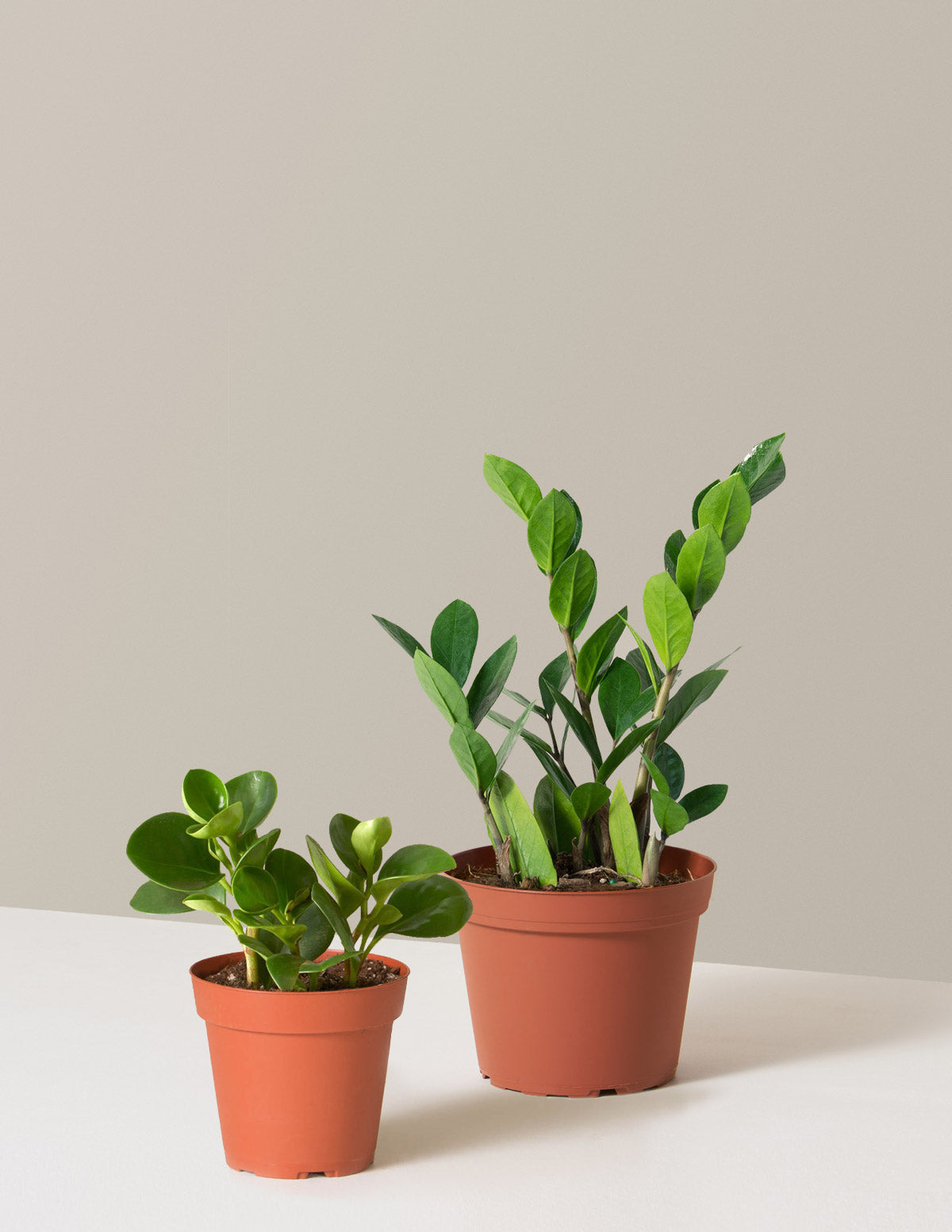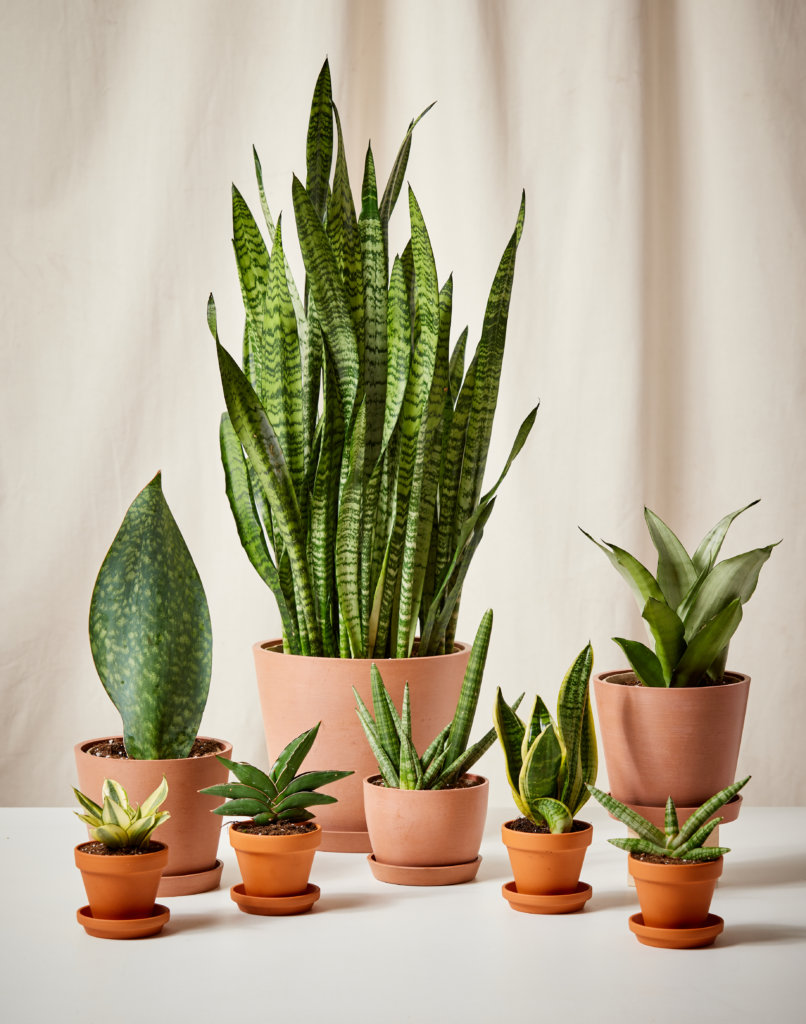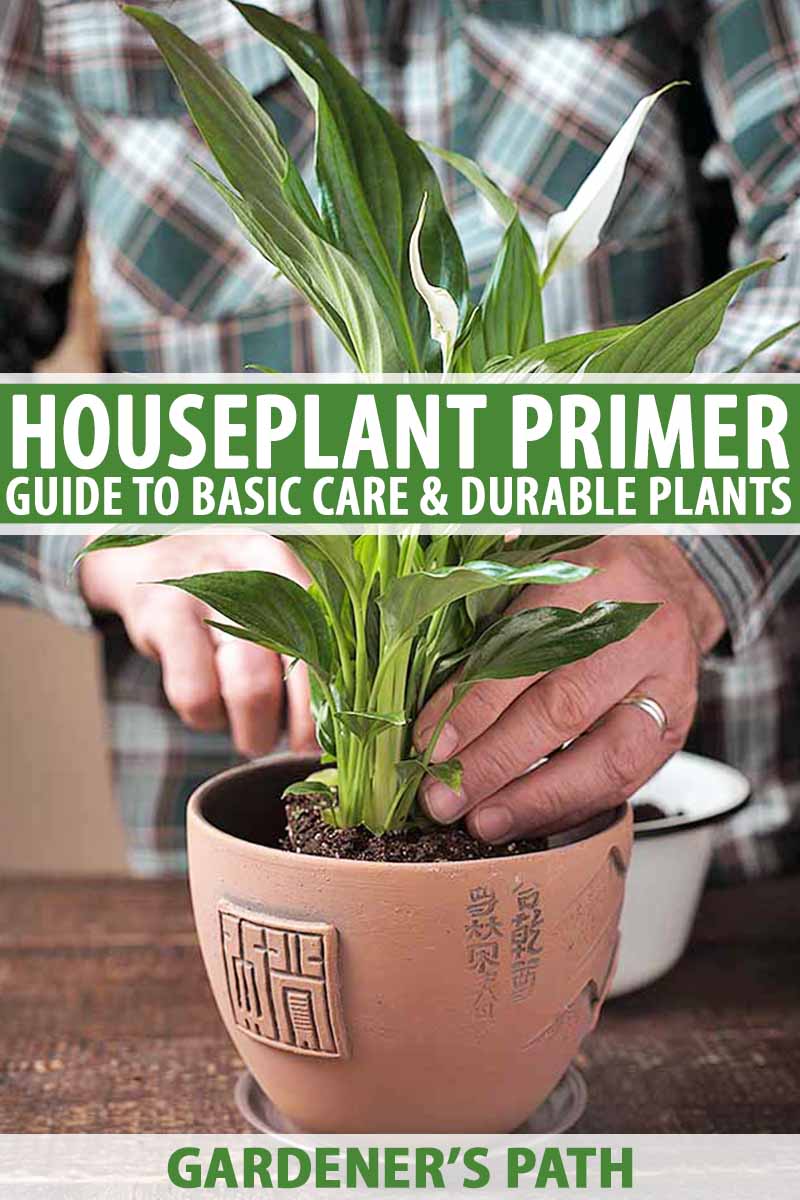Caring for small houseplants is easy and rewarding. They bring life and beauty to any space.
Small houseplants are perfect for beginners and seasoned gardeners alike. They require less space, making them ideal for apartments or small homes. With the right care, these tiny plants can thrive and bring joy to your living space. In this guide, we’ll explore essential tips for maintaining healthy houseplants.
You’ll learn how to water them correctly, provide proper light, and choose the best soil. We’ll also cover common issues and how to address them. By the end, you’ll be ready to nurture your small houseplants with confidence. Enjoy the journey of growing these green companions!
Choosing The Right Houseplants
Caring for small houseplants involves simple steps. Choose the right spot with enough light. Water them regularly, but avoid overwatering.
Choosing the right houseplants is crucial for their health and your enjoyment. Some plants need more care and light than others. Picking the right ones will make your plant care easier and more successful. This guide will help you find the best houseplants for your needs.Best Plants For Beginners
If you are new to houseplants, start with easy-to-care plants. These plants are forgiving and can thrive with minimal attention. Snake plants are a top choice. They can survive in low light and need little water. Another great option is the spider plant. They are hardy and can adapt to different conditions. Pothos plants are also perfect for beginners. They grow fast and can survive in low light. These plants will give you confidence and joy as you learn plant care.Low-light Plant Options
Not all homes have lots of natural light. But, many plants can thrive in low-light settings. The ZZ plant is a good low-light option. It’s tough and can grow in dark corners. Also, the peace lily does well with little light. It also helps clean the air. The cast iron plant is another low-light champion. It can survive in almost any condition. These plants will brighten up your home without needing much sunlight. “`Potting And Repotting
Small houseplants can brighten up any room and bring a touch of nature indoors. Caring for these plants involves several key steps, including proper potting and repotting. This ensures your plants stay healthy and continue to thrive.
Selecting The Right Pot
Choosing the right pot is crucial for your plant’s health. The pot should have drainage holes to prevent water from sitting at the bottom. This helps avoid root rot.
Consider the size of the pot as well. A pot that is too large can hold too much water. A pot that is too small can restrict root growth. Find a balance that suits your plant’s needs.
When To Repot
Repotting is necessary when your plant outgrows its current pot. Signs include roots growing out of the drainage holes or the plant becoming top-heavy. Another sign is if the soil dries out quickly after watering.
Spring is the best time to repot. The plant is in its growth phase and can recover faster. Gently remove the plant from its pot, shake off excess soil, and place it in a new pot with fresh soil. Water it well and give it time to adjust to its new home.
Watering Techniques
Watering small houseplants may seem simple. But it requires some knowledge and care. Proper watering is key to keeping your plants healthy and happy. Let’s explore some effective watering techniques.
How Often To Water
Knowing how often to water your houseplants is essential. Different plants have different needs. Generally, most houseplants need watering once a week. But this can vary based on the type of plant and the season.
Consider these factors to determine the frequency:
- Type of Plant: Succulents need less water. Ferns need more.
- Soil Type: Sandy soil dries out faster. Clay soil retains moisture longer.
- Pot Size: Smaller pots dry out quicker than larger pots.
- Environmental Conditions: Dry climates or heated rooms may require more frequent watering.
It’s crucial to check the soil before watering. Stick your finger into the soil about an inch deep. If it feels dry, it’s time to water. If it’s still moist, wait a few days and check again.
Signs Of Overwatering
Overwatering is a common problem. It can harm your houseplants. Here are some signs of overwatering to watch for:
- Yellowing Leaves: Leaves may turn yellow and fall off.
- Wilting: Plants can wilt even when the soil is wet.
- Moldy Soil: Mold or algae growing on the soil surface.
- Root Rot: Roots may become mushy and black.
To prevent overwatering, ensure proper drainage. Use pots with drainage holes. Avoid letting plants sit in water. Let the soil dry out between waterings.
| Plant Type | Watering Frequency | Special Notes |
|---|---|---|
| Succulents | Once every 2-3 weeks | Allow soil to dry out completely |
| Ferns | Once a week | Keep soil moist but not soggy |
| Spider Plants | Once a week | Avoid water on leaves |
Remember, each plant is unique. Adjust your watering routine based on your plant’s needs. Keeping an eye on soil moisture and plant health is key to successful watering.

Credit: www.thesill.com
Light Requirements
Caring for small houseplants is a rewarding hobby. One essential aspect of plant care is understanding their light requirements. Light is crucial for photosynthesis, which is how plants produce food. Ensuring your plants get the right amount of light will keep them healthy and vibrant.
Understanding Light Levels
Different plants have different light needs. Typically, there are three categories:
- Low light: Suitable for plants that thrive in shady areas, like ferns.
- Medium light: Ideal for plants that need indirect sunlight, like pothos.
- High light: Best for plants that require direct sunlight, like succulents.
Observe how sunlight enters your home. This will help you place your plants in the right spot. Use a table to understand light levels at different times of the day:
| Time of Day | Light Level |
|---|---|
| Morning | Low to medium |
| Noon | High |
| Afternoon | Medium to high |
| Evening | Low |
Artificial Lighting Solutions
Not all homes have adequate natural light. Artificial lighting can be a great solution. Here are some options:
- Fluorescent lights: Good for low-light plants. Energy-efficient and inexpensive.
- LED grow lights: Versatile and suitable for all plant types. They mimic natural sunlight.
- Incandescent bulbs: Not ideal for most plants. They produce more heat than light.
To use artificial lights effectively, follow these tips:
- Place lights 6-12 inches above plants.
- Provide 12-16 hours of light daily.
- Use a timer to ensure consistent light exposure.
Artificial lights can enhance plant growth. They are easy to set up and maintain. Your plants will thrive with the right lighting conditions.
Soil And Fertilization
Soil and fertilization play a crucial role in the health of small houseplants. The right soil provides essential nutrients and supports root growth. Fertilization keeps the plants nourished and vibrant. Understanding these aspects ensures your houseplants thrive.
Choosing The Right Soil
Choosing the right soil is essential for your houseplants. Different plants need different types of soil. For most small houseplants, a well-draining potting mix works best. It prevents water from sitting at the roots, which can cause rot. You can buy potting mix at garden stores. Look for one labeled for indoor plants.
Some plants, like succulents, need special soil. Succulent soil has added sand or perlite. This helps with drainage. Always check your plant’s specific needs. The right soil keeps your plants healthy and happy.
When And How To Fertilize
Fertilizing your houseplants is important. It provides extra nutrients they need to grow. But too much fertilizer can harm them. Always follow the instructions on the fertilizer package.
Spring and summer are the best times to fertilize. During these seasons, plants grow more. Use a balanced liquid fertilizer every few weeks. Mix it with water according to the instructions. Pour the solution at the base of the plant.
In fall and winter, reduce fertilization. Plants grow less during these times. Fertilize them every two months or not at all. Over-fertilizing can cause yellow leaves and weak growth. Less is more with fertilization.

Credit: onetwotree.com
Temperature And Humidity
Caring for small houseplants requires attention to many factors. Among these, temperature and humidity are crucial. Plants need the right environment to thrive. Understanding their needs in these areas can help your plants flourish.
Ideal Temperature Range
Houseplants generally prefer a stable temperature. Most thrive in a range of 60-75°F (15-24°C). Sudden changes in temperature can stress plants. Avoid placing them near drafts or heat sources.
Some plants have specific needs. For example, tropical plants enjoy warmer temperatures. Research the ideal range for your specific plant. This ensures it stays healthy and vibrant.
Maintaining Humidity
Humidity is essential for plant health. Many houseplants come from humid environments. They need similar conditions indoors. A humidity level of 40-60% is ideal for most plants.
Here are some tips to maintain humidity:
- Use a humidifier to add moisture to the air.
- Place plants on a tray with pebbles and water.
- Group plants together to create a micro-humidity environment.
- Mist plants regularly with water.
Check the humidity level with a hygrometer. Adjust as needed to keep your plants happy.
Pest Control
Keeping your small houseplants healthy involves more than just watering and sunlight. Pest control is crucial to ensure your plants thrive. Pests can damage leaves, roots, and flowers. This guide will help you identify common pests and offer natural remedies.
Common Houseplant Pests
Small houseplants can attract various pests. Here are some of the most common:
- Aphids: Tiny insects that suck sap from plants, causing leaves to curl.
- Spider Mites: Minuscule pests that create webbing and cause yellowing leaves.
- Mealybugs: Small, white, cotton-like insects that cluster on stems and leaves.
- Fungus Gnats: Small black flies that lay eggs in the soil, harming roots.
Natural Pest Remedies
Using natural methods helps keep pests at bay without harming your plants or the environment. Here are some effective remedies:
- Neem Oil: Dilute neem oil in water and spray on affected areas.
- Insecticidal Soap: Use a mild soap solution to wash pests off leaves.
- Garlic Spray: Blend garlic with water, strain, and spray on plants.
- Alcohol Wipes: Use cotton swabs dipped in alcohol to remove pests.
Regularly check your plants for signs of pests. Early detection is key to effective pest control.

Credit: gardenerspath.com
Pruning And Maintenance
Pruning and maintenance are vital for the health of small houseplants. Regular care ensures your plants stay vibrant and grow properly. Without it, plants can become overgrown or unhealthy. Learn how to prune and maintain your small houseplants with these easy steps.
How To Prune
Pruning is the process of trimming away dead or overgrown parts of the plant. This helps in promoting healthy growth. Follow these steps:
- Identify the parts that need trimming.
- Use sharp, clean scissors or pruning shears.
- Cut at a 45-degree angle above a leaf node.
- Remove any yellow, brown, or dead leaves.
- Trim back any stems that look too long or leggy.
Prune regularly to maintain the shape and size of your plant. Avoid cutting more than a third of the plant at one time. This prevents stress and encourages new growth.
Cleaning And Care Tips
Keeping your plants clean is just as important as pruning. Dust and dirt can block sunlight and air, affecting plant health. Here are some cleaning and care tips:
- Wipe leaves with a damp cloth to remove dust.
- Use a soft brush for hairy-leaved plants.
- Check for pests like spider mites or aphids regularly.
- If pests are found, treat with insecticidal soap or neem oil.
- Ensure the pot has drainage holes to prevent waterlogging.
Water your plants only when the soil feels dry to the touch. Overwatering can lead to root rot. Fertilize once a month with a balanced, water-soluble fertilizer during the growing season.
By following these pruning and maintenance tips, your small houseplants will thrive. Happy gardening!
Frequently Asked Questions
How Often Should I Water Small Houseplants?
Water small houseplants when the top inch of soil is dry. Overwatering can harm the plant. Check soil moisture regularly. Adjust watering based on the plant type and season.
What Kind Of Light Do Small Houseplants Need?
Most small houseplants need bright, indirect light. Some can tolerate low light conditions. It’s best to research specific light needs for each plant.
How Do I Choose The Right Pot For Small Plants?
Choose pots with drainage holes to prevent waterlogging. The pot size should match the plant’s root system. Using the right pot ensures healthy growth.
Can I Use Regular Garden Soil For Houseplants?
It’s best to use potting mix instead of garden soil. Potting mix is designed for indoor plants and ensures proper drainage and aeration.
Conclusion
Caring for small houseplants is simple and rewarding. Water them regularly, but not too much. Ensure they get enough light. Use quality soil and proper pots. Check for pests and remove dead leaves. Rotate plants for even growth. Small steps can make a big difference.
Your plants will thrive with consistent care. Enjoy the beauty and health benefits they bring. Happy gardening!





